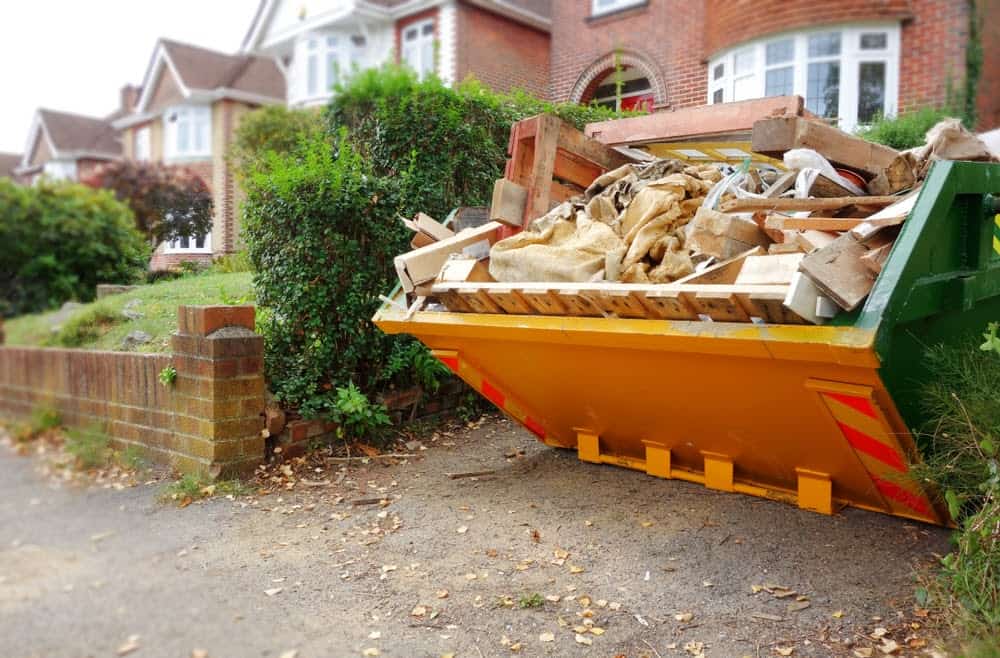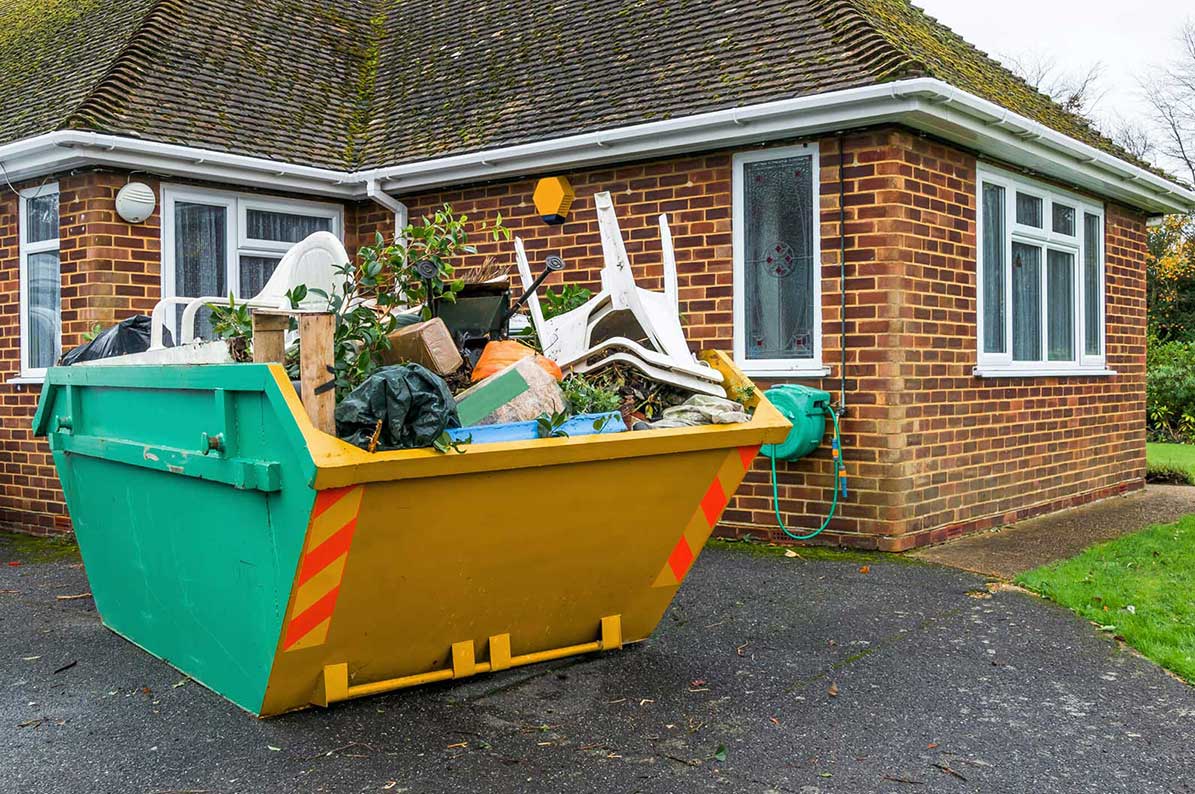How to Load a Skip Efficiently
Step One: Organise
The key to efficiently filling a skip is to layer. Different types of item will need to go into the skip at different times. Organising your waste into these separate categories will make the job a lot easier when it comes to filling the skip. Items should be sorted into the four categories below.
- Flat items
- Tessellate objects (e.g objects that can be stacked together, such as bricks)
- Large or bulky items
- Loose debris
Ideally, you want to reduce the size of any large items as much as possible. This can be achieved by breaking these items down into their smaller parts where possible. A lot of furniture, for example, can be disassembled into separate bits. Tables will be much easier to handle if they are broken down into a flat surface and four table legs. This will make it easier to place into a skip.
Step Two: Flat items
Once you’ve dismantled your large items and have organised your remaining items, it’s time to start filling the skip. The first items to place into your skip are the flat items. These are items like cardboard, wood or plasterboard that will fill the base and can be easily squashed down by items on top. Ensure that any boxes are flattened before placing them in the skip. If you have a particularly large amount of these items, you can place them around the sides of the skip in addition to the base.
Step Three: Tessellate objects
Items such as bricks that will easily fit together should be placed in next. Try to fill the base with these objects; this will create an even surface. If you can’t fill the entire base evenly, use some foresight to leave a space suitable for some of your remaining items.

Step Four: Large or bulky items
Items such as furniture or appliances should go into the skip next. As noted before, these items should be broken down into their smallest parts. Place the items as best you can so that they create layers, rather than trying to stack everything at once. Use all the space provided; try and make use out of crevices that other items may have created.
Step Five: Loose debris
Finally, loose debris should go on last. Loose debris refers to particles such as gravel, sand or soil. These go on last as they will generally fill all the available pockets of space that larger items can’t fill.
The next step? Call Woodford Recycling! Once your skip is full, the friendly team at Woodford Recycling will remove the skip from your property. Your items will then be taken to our specialists recycling facility where recyclable waste will be retrieved and processed. We complete this procedure for every skip we remove; it’s just one of the ways we fulfil our aim to recycle 100% of the waste we collect. For more information about our recycling services, or to enquire about any of our skips for hire, give our team a call today. We serve customers throughout Peterborough, Huntingdon and Cambridge.






